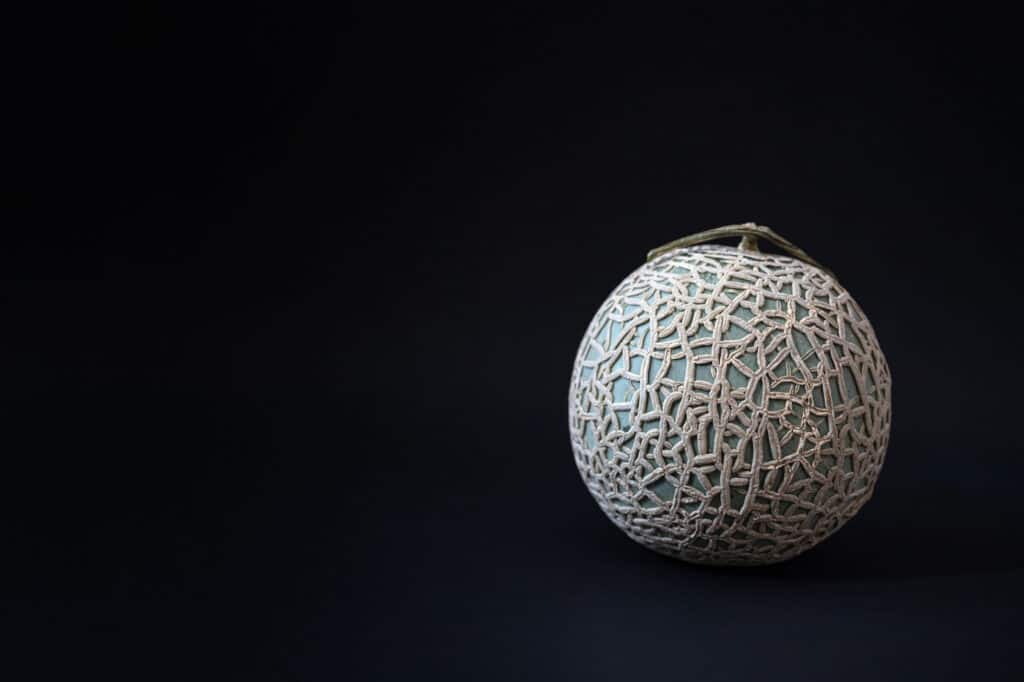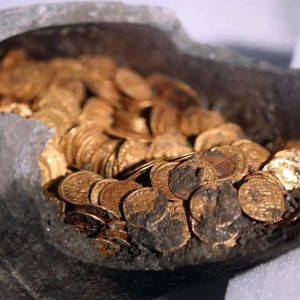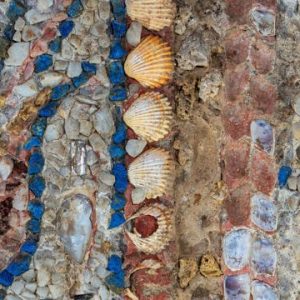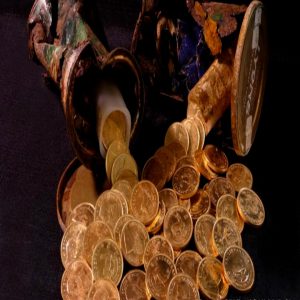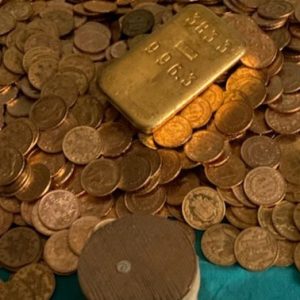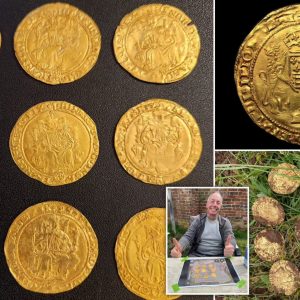1. Buddha Shaped Pears

Price: $9 per Pear
In China, a farmer has perfected a way to grow pears into the shape of tiny baby buddhas. Using molds while the fruit grows allows these pears to become the exact shape of the buddha mold. The farmer, Xianzhang Hao, grew 10,000 of these pears in his backyard and now sells them for $9 each. He said he got the idea for the buddha shape from an old story about a magical buddha shaped fruit that would give immortality to those who ate it. While these pears don’t do that, Xianzhang Hao says these pears bring good luck!
2. Sekai Ichi Apple
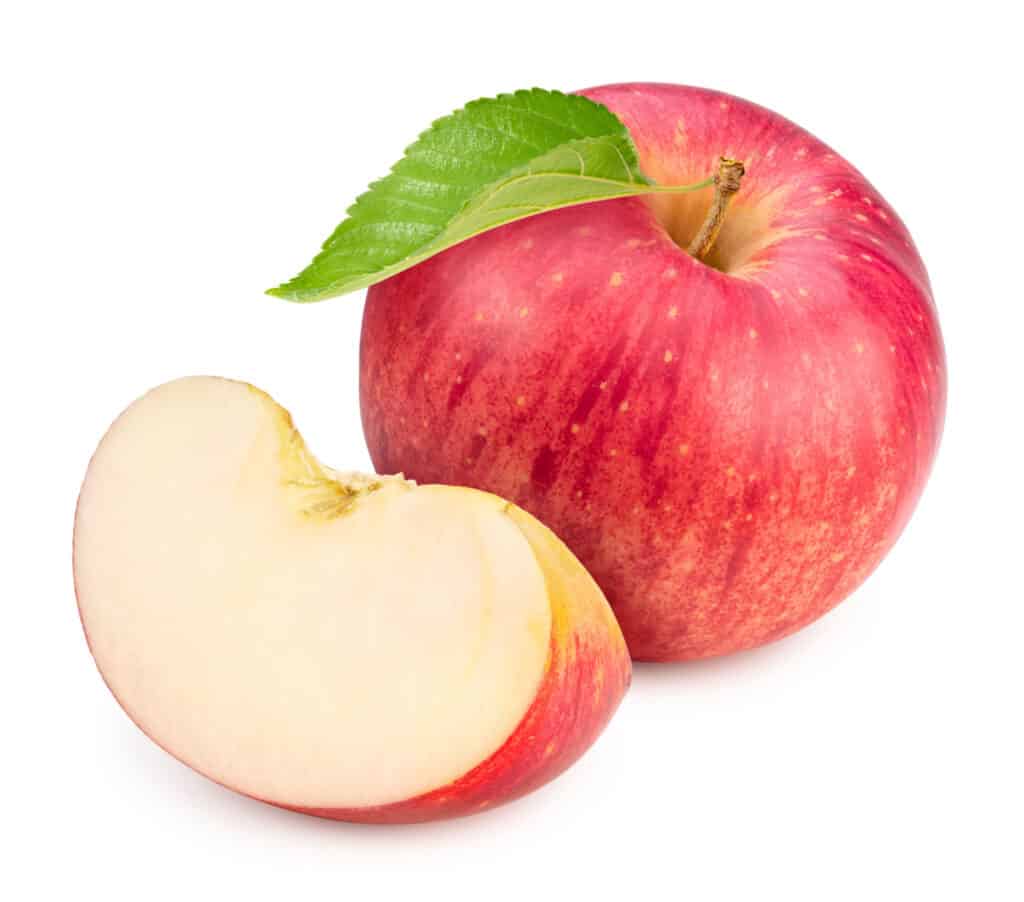
Price: $21 per Apple
The Sekai Ichi apple was first cultivated in 1973 and is still considered one of the largest species of apple. These fruits can grow to be over 2 pounds and are said to have a subtle sweetness and soft flesh. In Japan where these apples are mainly grown, the trees are hand-pollinated and the fruit is cared for until it is perfectly ripe for picking.
These apples are sought after because of their size and difficulty to obtain due to the time consuming process it takes to grow the fruit so big. While the tree is growing it is extensively pruned to ensure only the biggest healthiest fruit are left. Due to this process the amount of apples growers are able to supply is low. The price of these apples vary depending on the seller with some boxes of 4 being $50 while single apples can cost $30.
3.Sembikiya Cherry
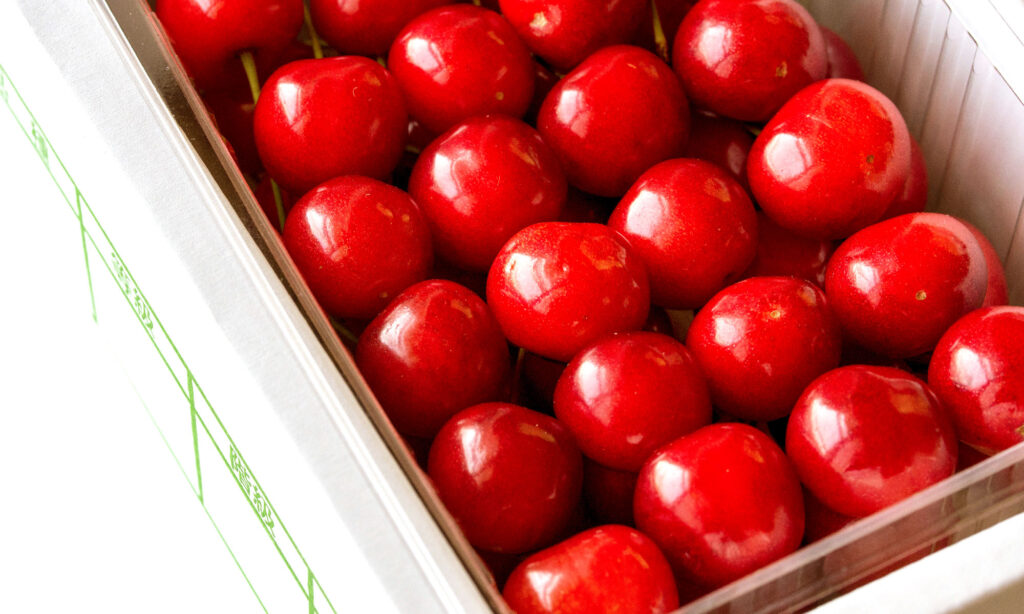
Price: $160 per box of 40 Cherries
Inside the Sembikiya fruit shop you can find a variety of luxury fruit that are priced surprisingly high. One of these expensive fruits is the Sembikiya cherry which comes in boxes of 40 priced at $160, that’s $4 per cherry! These cherries aren’t expensive for no reason, the time and care that goes into growing and selecting the perfect cherry for each box is costly.
Every cherry has to meet specific requirements before they are placed in their perfect boxes. To do this the cherries are monitored very closely while they grow and then picked when they are perfectly ripe. They will need to be identically shaped and colored as the rest of the cherries in the box for maximum visual appeal.
4. Dekopon Citrus
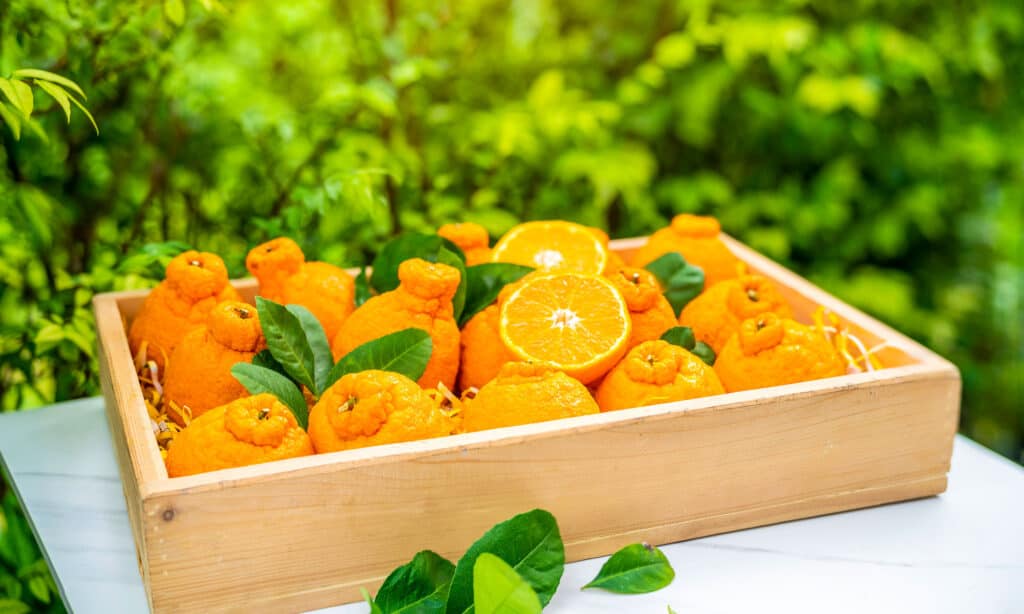
Price: $80 per 6 pack
The Dekopon citrus fruit is a combination of an orange and a mandarin. Like others on this list these citrus fruits are grown and sold in Japan where you can get a six pack for just $80. First cultivated in 1972, this perfect combination of orange and mandarin is now considered one of the best oranges in the world and one of the sweetest.
The dekopon requires a complicated time consuming cultivation process which is partly why they are so expensive. Grown in humidity and temperature controlled glasshouses these oranges are carefully watched and cared for until they’re ripe. Once the citrus fruits are picked they are cured for 40 days to drop the acidity to under 1% and develop the sugar level. Due to their growing popularity dekopon citrus are now being grown and harvested in places like Brazil and South Korea.
5. Square Watermelon
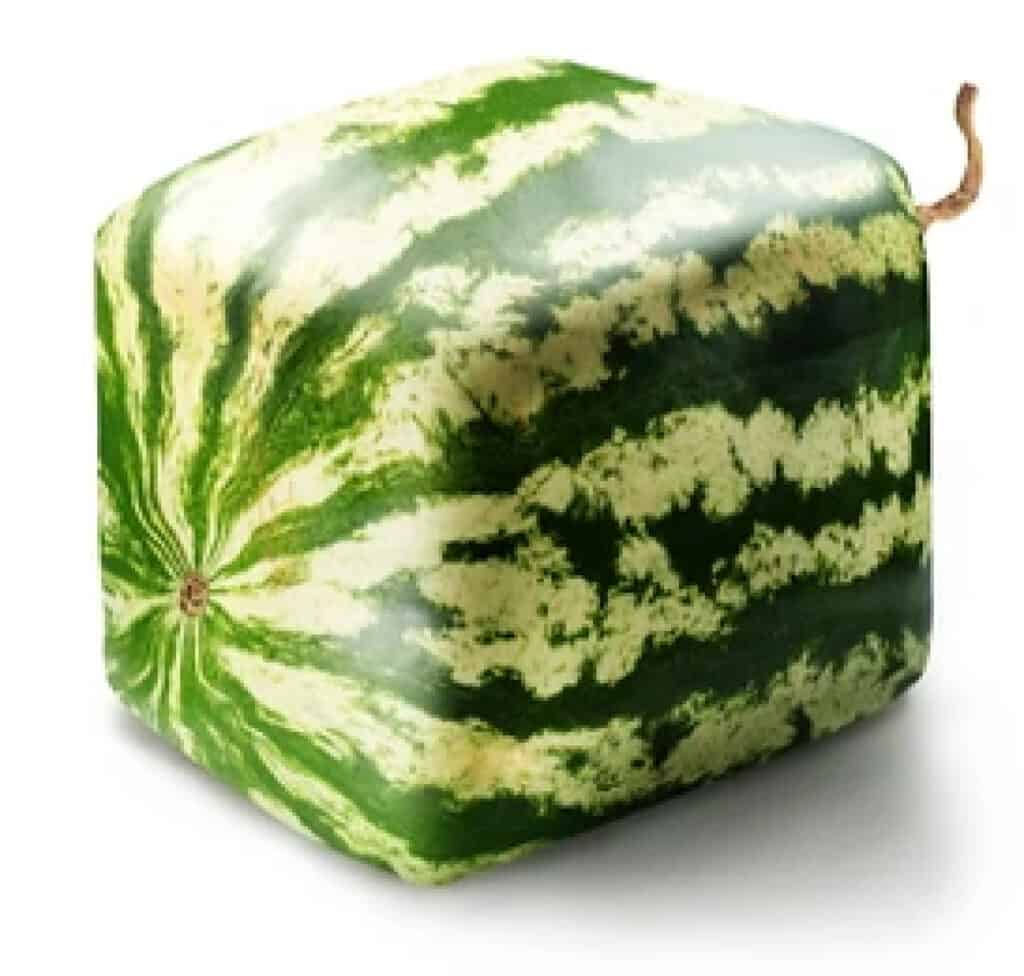
Price: $800 per Watermelon
Another expensive fruit that comes from Japan is the square watermelon. Square watermelons are sought after for their square shape and …not much else. These fruits taste exactly like any regular watermelon you can find in the store or a garden. When buying a square watermelon you may have to sacrifice taste for looks. These melons are sometimes harvested before they are ripe to retain their cube shape.
Fruit enthusiasts looking to try a square melon can expect to pay between $100 to $800 depending on the seller. The price is so high because growing these melons into a cube shape can be hard. Square watermelons are grown in molds to create their cube shape but the fruit doesn’t always respond well to the mold making these fruits harder to come by. However, if you don’t want to shell out a couple hundred dollars for a watermelon you can try growing your own with one of the many guides you can find online.
6. Japanese Ruby Roman Grapes
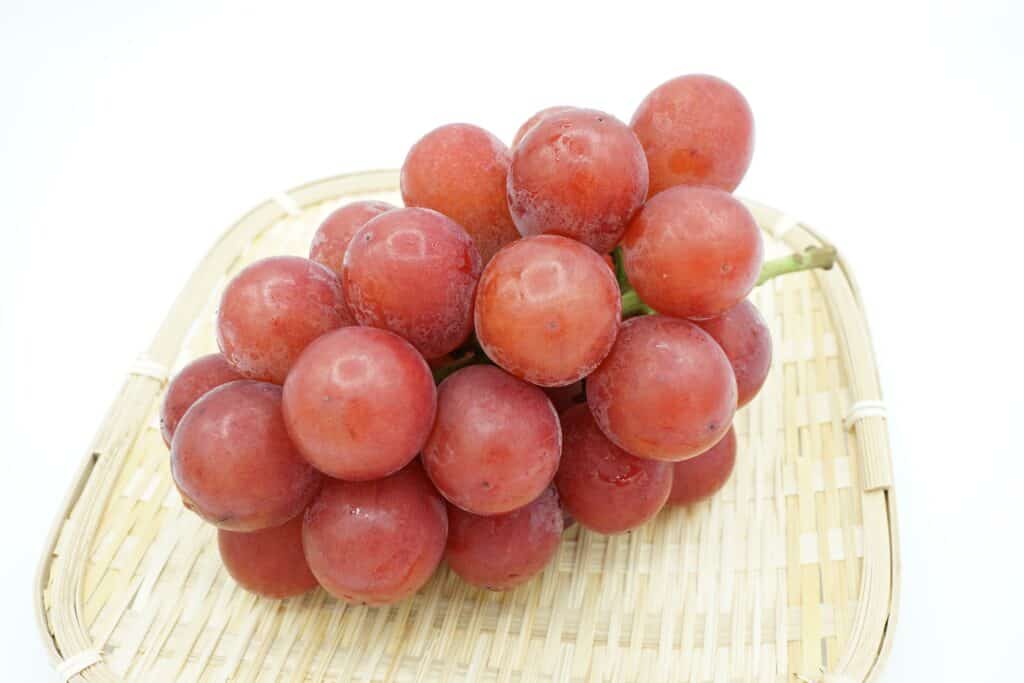
Price: $100 – $8,500 per bunch
While grapes are a common inexpensive fruit found in the grocery store you won’t be able to find grapes like these anywhere but in Japan’s Ishikawa prefecture. In 1995 a group of farmers in Ishikawa, Japan started on their journey of growing the perfect red grape. Over the course of 14 years, farmers, breeders, and researchers worked to increase the size, enhance the color, and sweeten the taste of the red grape. In 2008 they debuted Ruby Roman grapes and gained media attention for a single bunch sold for $900. Ruby Roman Grapes are the world’s most expensive grapes and people looking to buy them can expect to pay at least $100 for a bunch and that’s on the low end!
When harvested these grapes are classified into three categories: superior, special superior, and premium. Because only 24,000 bunches are harvested each year only a few bunches are classified as premium and buyers can expect to pay up to $10,000, maybe even more for a single premium cluster. These grapes are sold at such a high price for a reason. When harvested they have to meet a certain standard to be categorized and sold. The perfectly round and sweet grapes that make it to market sell incredibly fast.
7. Miyazaki Mango

Price: $100 – $2,000 per Mango
Miyazaki mangos are the most expensive mangos in the world, and are one of the many premium fruits in Japan. Miyazaki mangos are also called the Taiyo no Tamago, or the “egg of the sun” mango. With a sugar content 15% higher than a regular magno their flavor is extremely sweet. Originating from southern Japan, the Miyazaki Mango is grown exclusively in the city of Miyazaki in the Kyushu prefecture.
Their expensive price comes from the care required to grow one of these fruits. Lots of sunlight, rain, and a sub-tropical environment is needed to grow them. Each fruit is wrapped carefully in a net, and suspended to get plenty of sun, and obtain its glowing ruby red appearance.
8. Densuke Watermelon
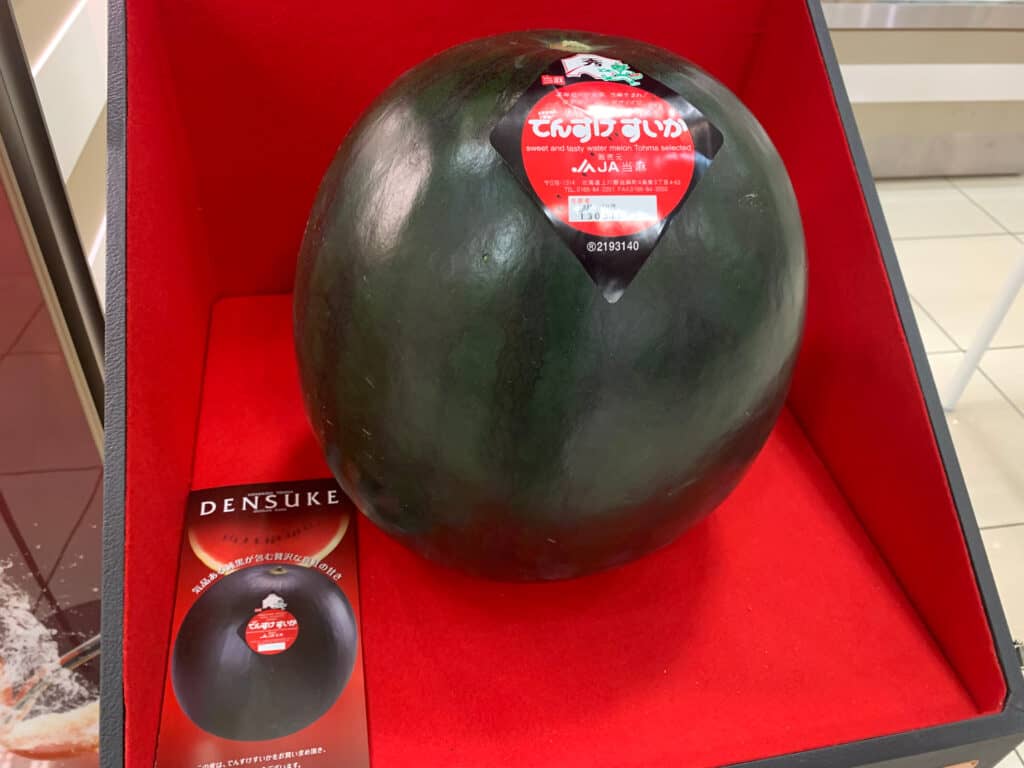
Price: $250 – $6,000 per Watermelon
Watermelons are large, juicy, and one of the tastiest fruits, and the densuke watermelon is the best of them all. Densuke watermelons come from the island of Hokkaido Japan, and are identifiable by their dark green rine. Their skin is very shiny, and has no markings or patterns.
Inside this fruit you will find very little seeds, and a pink interior. They have sweeter meat than other watermelons and are also loved for their crunchy texture. Densuke watermelons are very difficult to grow and plants yield little fruit, which cause price to be very expensive.
9. Yubari King Melon
